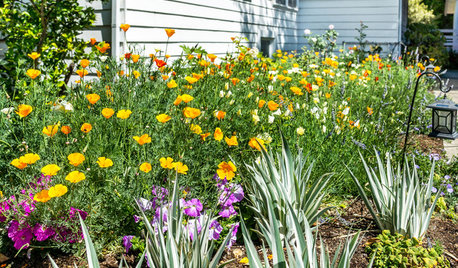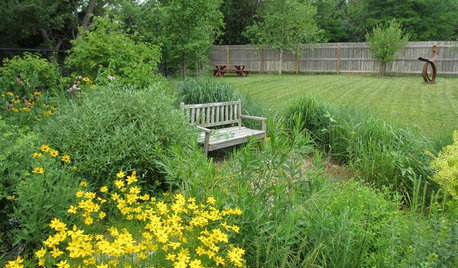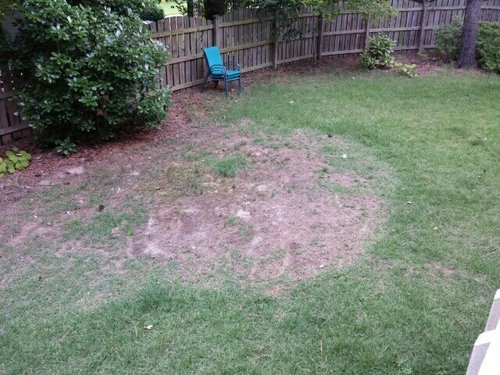Good morning. I have a zoysia backyard which has suffered from large patch for at least the last three years. The largest spot was about four feet across when we moved in, and has grown to be probably about twelve feet across this summer. Before now, I was a new homeowner (and new father) and had not spent much time on lawn maintenance besides mowing and watering. This year I would like to bring my cultural practices up to par and halt the spread of the disease, so that next year the lawn can begin to repair.
The lawn: Central North Carolina, zone 7b. ~50% shady, more towards the fence. Direct sun is received in late morning to early afternoon. The soil turns to red clay an inch or two deep. My spring soil report from the state ag office says the pH is 5.0, the potassium index is 46 (just under what they suggest as optimum), and the phosphorus index is 92 (substantially above optimum).
Where the grass is not diseased it is quite healthy and beautiful. I will try to work with zoysia at least for the next year because it withstands our foot traffic well, can be mowed and watered pretty infrequently and remains extremely weed free.
This spring (June) I took the following maintenance actions:
- Dethatch the lawn with a metal rake (the raked up thatch pile was unbelievable large, it was like we were making hay!)
- Lime (~50 lbs per 1000 sq feet)
- Core aerate
- Fertilize (15-0-15, slow release, ~5 lbs product per 1000 sq ft)
What I was considering:
- Spreading Disarm G (granular) in the fall when it appeared the disease was active. I'm not quite sure what this looks like, but the internet tells me the diseased region of grass at the margin of the patch will turn orange when the fungus is active, or that the leaf sheaths may show lesions or discoloration
After reading this forum, I also see some other folks are advocates of organic methods to attract beneficial fungi, such as spreading 20 lbs corn mean / 1000 sq ft. I am willing to try this as well, as even though I have purchased the fungicide I would prefer to not use it than need it.
Thanks for your thoughts and guidance!








Spectrograph (NC 7b)Original Author
Spectrograph (NC 7b)Original Author
Related Professionals
Surprise Landscape Architects & Landscape Designers · Essex Landscape Architects & Landscape Designers · Folsom Landscape Architects & Landscape Designers · Saint Louis Park Landscape Architects & Landscape Designers · Tomball Landscape Architects & Landscape Designers · Wareham Landscape Architects & Landscape Designers · Aurora Landscape Contractors · Galt Landscape Contractors · Mastic Beach Landscape Contractors · Mendota Heights Landscape Contractors · Pleasant Hill Landscape Contractors · Soddy Daisy Landscape Contractors · Lauderdale Lakes Landscape Contractors · Burleson Swimming Pool Builders · Mount Pleasant Swimming Pool Buildersbotanicalbill
Spectrograph (NC 7b)Original Author
Spectrograph (NC 7b)Original Author
dchall_san_antonio
Spectrograph (NC 7b)Original Author
Spectrograph (NC 7b)Original Author
dchall_san_antonio
Spectrograph (NC 7b)Original Author
Spectrograph (NC 7b)Original Author
dchall_san_antonio
Spectrograph (NC 7b)Original Author
dchall_san_antonio
Spectrograph (NC 7b)Original Author